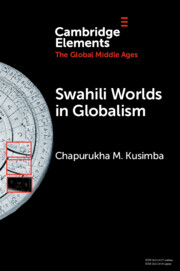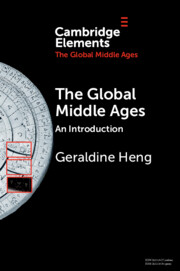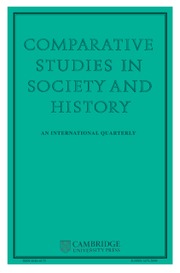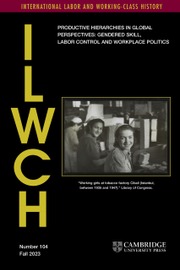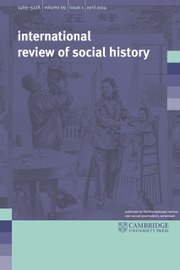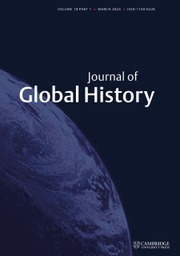Swahili Worlds in Globalism
This Element discusses a medieval African urban society as a product of interactions among African communities who inhabited the region between 100 BCE and 500 CE. It deviates from standard approaches that credit urbanism and state in Africa to non-African agents. East Africa, then and now, was part of the broader world of the Indian Ocean. Globalism coincided with the political and economic transformations that occurred during the Tang-Sung-Yuan-Ming and Islamic Dynastic times, 600-1500 CE. Positioned as the gateway into and out of eastern Africa, the Swahili coast became a site through which people, inventions, and innovations bi-directionally migrated, were adopted, and evolved. Swahili peoples' agency and unique characteristics cannot be seen only through Islam's prism. Instead, their unique character is a consequence of social and economic interactions of actors along the coast, inland, and beyond the Indian Ocean.
Reviews & endorsements
‘Kusimba’s approach of presenting his ideas in accessible language has made his work highly readable to audiences even outside archaeology, history and anthropology. … Despite having read hundreds of publications and reports about the Swahili coast and vicinity, I benefitted greatly from reading this book. Combining multiple, interlinked sources to analyse and write about the Swahili worlds makes Kusimba’s volume exceptional. Without any reservation, I recommend it to anyone interested in learning about ancient African globalism but with a focus on the western Indian Ocean region.’ Elgidius B. Ichumbaki, Antiquity
Product details
January 2024Paperback
9781009074056
106 pages
227 × 151 × 6 mm
0.19kg
Available
Table of Contents
- Preface: Swahili Worlds: A Medieval African Urban Civilization
- 1. Foundations of a Medieval African Urban Civilization
- 2. The Rise of the Medieval Swahili State
- 3. What Was the Medieval East African World Like?
- 4. Global Connections
- 5. Asian Connections
- 6. Who Were the Medieval East Africans?
- Appendices.

